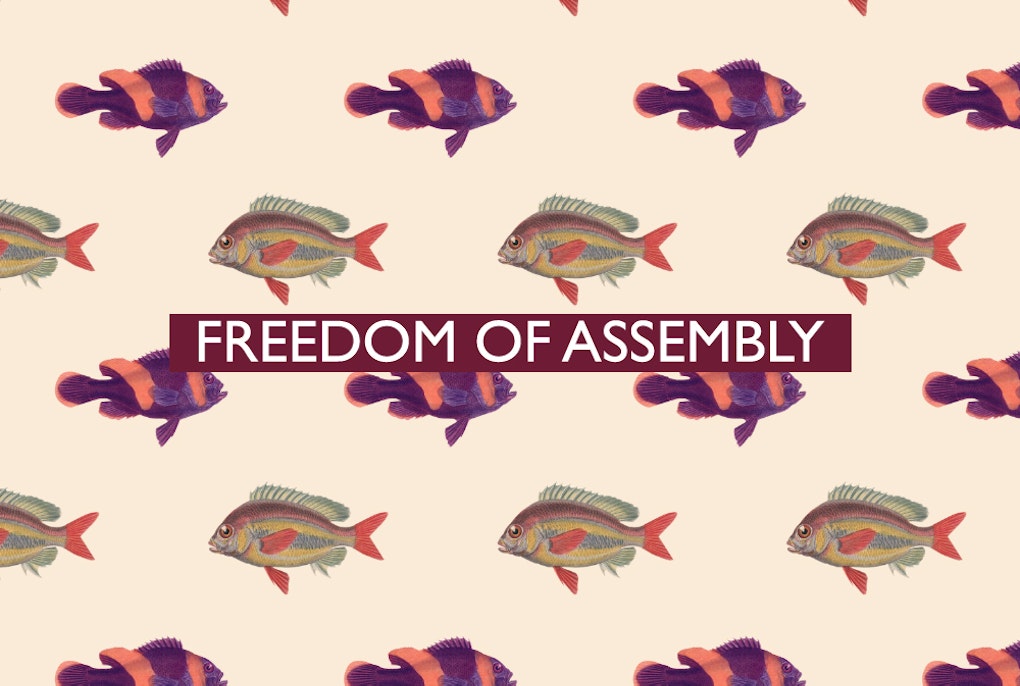
Another tale of two cities – Bilingualism in Fribourg and Bolzano/Bozen
 Antilia Wyss
Antilia Wyss
State borders have regained attention the world over in light of the Covid-19 pandemic. In the European Union (EU), whose foundation is strongly based on the principle of free movement and the dismantlement of internal borders, measures initially taken to tackle the spread of the Coronavirus coincided with the closure of national borders, the re-introduction of border controls and strict travel policies within the European territory. These decisions proved that state boundaries still matter – even within the EU. We are used to the idea that the EU is forged by crises and that these challenges positively impact the path to creating more EU integration. The management of the Covid-19 crisis itself, for instance, has led to the creation of a European common debt through the EU’s recovery plan “Next Generation EU”. We might thus expect the pandemic and the resulting border closures to have also incentivized a renewed consideration for EU internal border regions. But is that what has really happened?
Almost 30% of the EU population lives in border regions, with numerous people regularly crossing national borders not only for work purposes, but also to benefit from services and meet friends and family members.1 Consequently, shutting borders had a significantly negative impact on cross-border communities. At the same time, this prevention measure spotlighted the existence of strong ties between territories and citizens along the EU internal borders, bringing local and regional authorities of border regions to intensify exchanges and coordination with their neighbors. Nevertheless, national governments have remained deaf to the needs and requests of border regions. Border areas and populations tend to be left behind by their own states. They are often considered economically disadvantaged territories; in most countries they are geographically distant from their capitals and have needs and challenges that differ significantly from the rest of their country. In the initial phase of the pandemic, regional politicians hoped for a renewed consideration of EU border territories and their need for cross-border relations. Yet this did not happen. National governments acted as the only decision-makers, without consulting local and regional authorities of border regions even in the case of the closure of those borders.2
EU states lack the interest – and probably also the will and courage – to allow real de-bordering processes. Borders still retain an important significance and are constant symbols of sovereignty, territorial integrity, and security. Evidence of this can be found in the way the Council, an EU institution which represents the position of the Member States’ executives, dealt with two crucial files regarding the future of cross-border relations across the Union.
First, the EU’s programme for territorial cooperation Interreg underwent a reduction of funds. In December 2020, right in the middle of the pandemic, the European Parliament and the Council reached a political agreement on European territorial cooperation for the 2021-27 period, which foresaw a decrease in cross-border cooperation funding. In absolute terms, money allocated to cross-border cooperation went from around 6.6 billion euros for 2014-20 to 5.8 billion euros for the 2021-27 programming period.3 Furthermore, within the territorial cooperation envelope, the share of funding for cross-border cooperation also decreased: from 74.05% to 72.2%.4 To be sure, the negotiations of the 2021-27 EU long-term budget were characterized by several new challenges, e.g. Brexit and the pandemic, which resulted in less resources but new budget headings. Cuts to the Interreg budget, however, were strongly advocated by Member States.5 Just when border regions and communities were most hit by the pandemic, states decided to cut their budget for cross-border cooperation projects.
Second, the Council blocked the Regulation on the European Cross-Border Mechanism (ECBM). In July 2021, the abandonment of the text on the ECBM was confirmed by the Slovenian Presidency in a hearing at the European Parliament. The use of this mechanism could have enabled a state to apply the regulations of a neighboring country on its own territory to implement a specific cross-border action in the event that its own legislation constituted a legal obstacle to the achievement of a cross-border project. Proposed by the European Commission in 2018 and strongly backed by local and regional authorities and the European Parliament, this mechanism has now been held hostage by Member States. On the one hand, sub-national authorities of border regions look at the ECBM as a tool that could remove numerous legal and administrative obstacles to the development and cooperation of their territories. On the other, nation-states are reluctant, mainly because they believe that such an instrument would weaken their territorial sovereignty. Yet the European Parliament keeps advocating for border territories’ interests, and in July 2022 it called again for the relaunch of the discussion on the ECBM.6
Although the measures adopted by national governments to fight the pandemic have brought back the discussion on the relevance of national borders and cross-border relations across the EU, the peripheral condition of border regions has remained unchanged. Acknowledging the peculiarities of these territories through adequate economic support and new legal tools for cooperation would be the only way forward to create a European common space, as desired by the EU. Failing to do so prevents to exploit the untapped economic potential of these areas and leaves border communities behind. The Covid-19 pandemic thus resulted in a wasted crisis in terms of advancements in support for border regions’ authorities and a favourable situation for Member States’ governments. The former lost an opportunity to get more means to strengthen cross-border cooperation, while the latter succeeded in their role as gatekeepers. Border regions appear to be intentionally forgotten by their own states.
This publication is based upon work from COST Action CA20123 - IGCOORD supported by COST (European Cooperation in Science and Technology).

This content is licensed under a Creative Commons Attribution 4.0 International license except for third-party materials or where otherwise noted.

 Antilia Wyss
Antilia Wyss
 Enrico Andreoli
Enrico Andreoli
 Gabriel Toggenburg
Gabriel Toggenburg